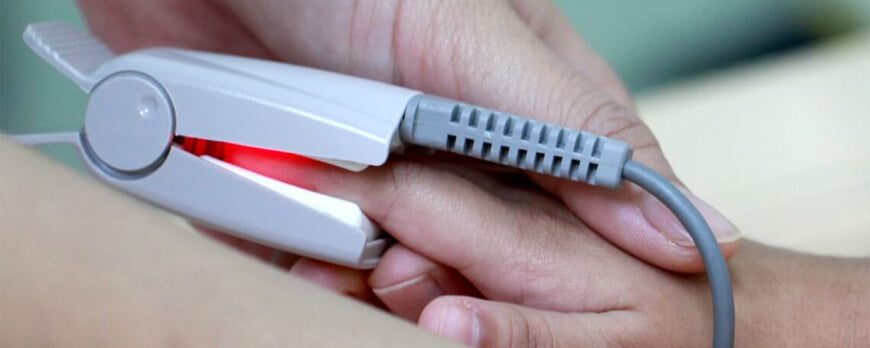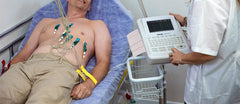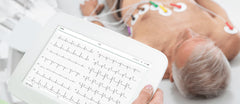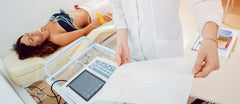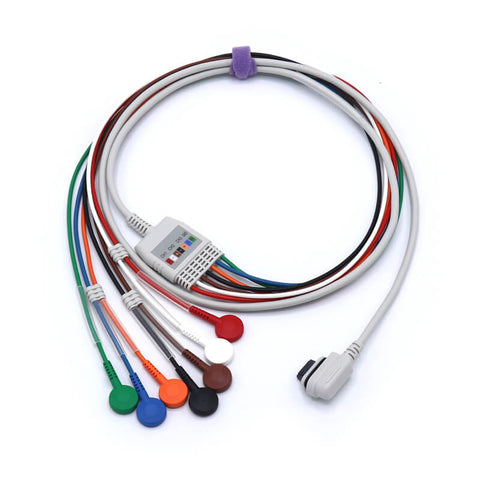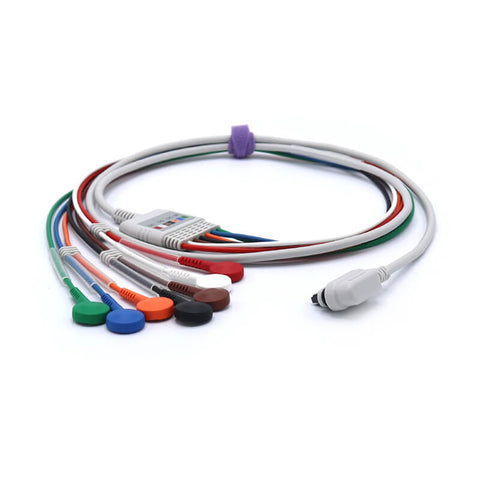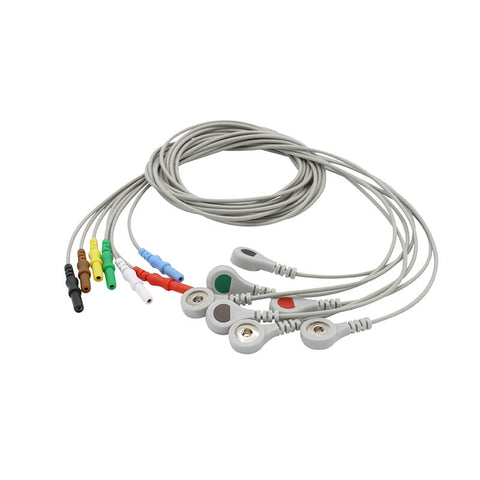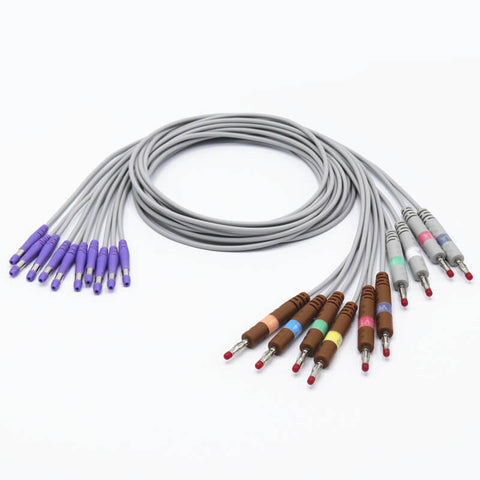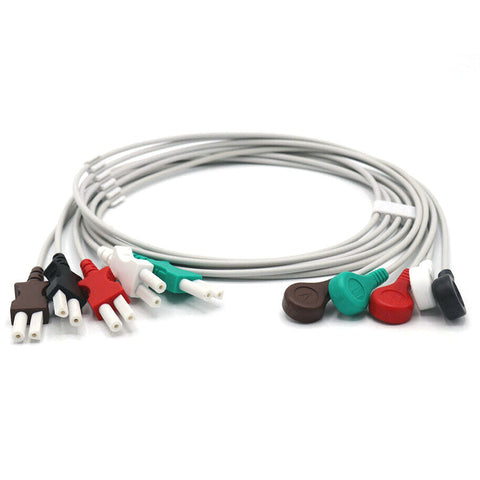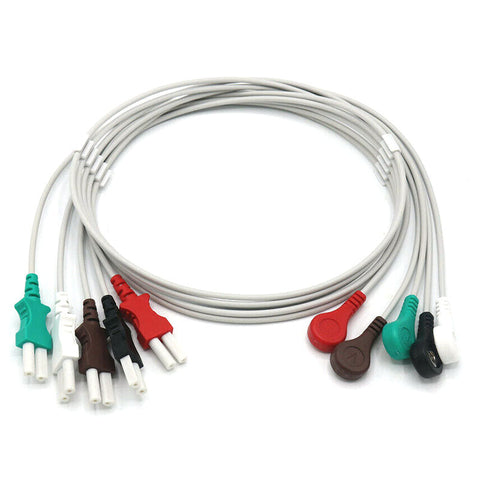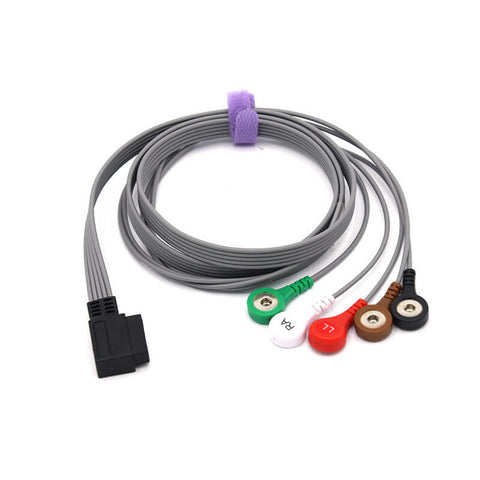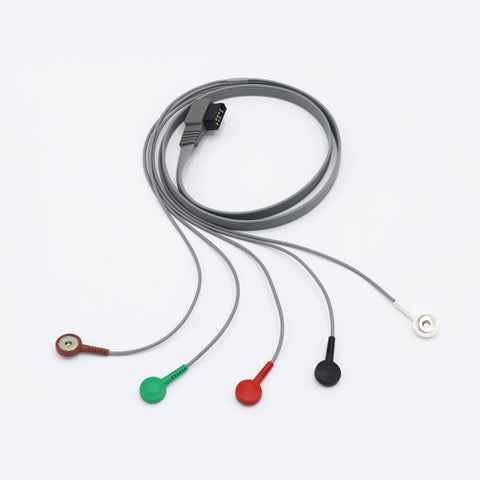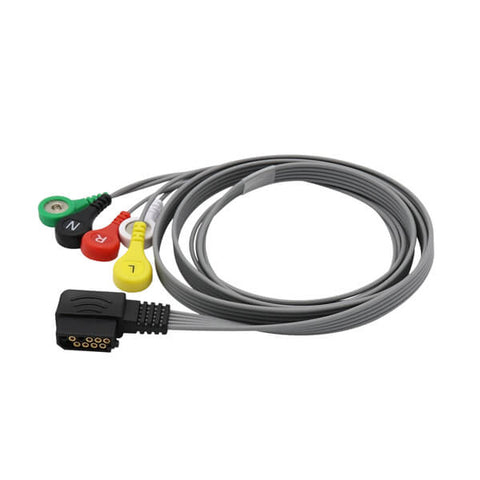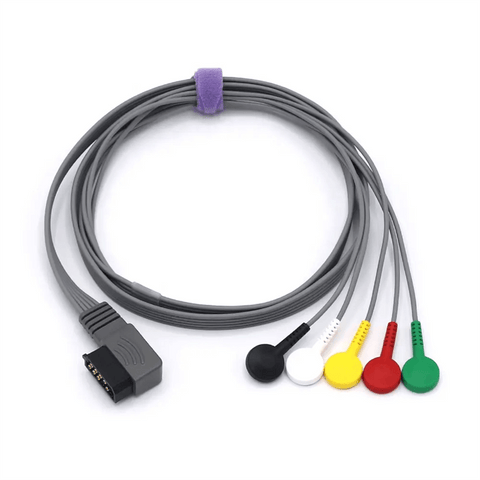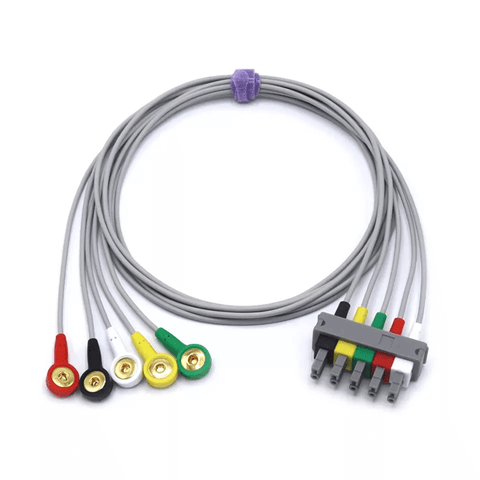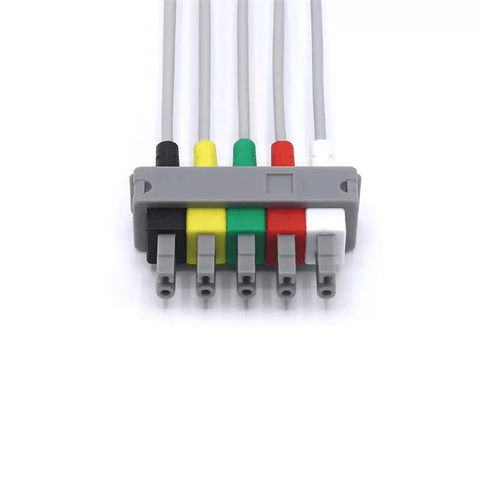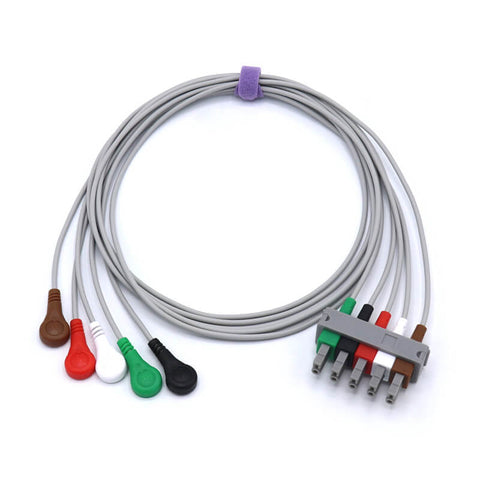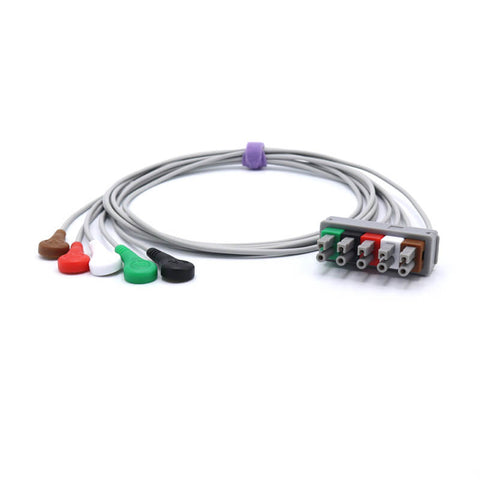What a Pulse Oximeter Measures?
A pulse oximeter is a vital monitoring device that provides a non-invasive window into your respiratory and circulatory health. By simply clipping onto a finger, it delivers real-time data on two key metrics, helping patients and healthcare professionals make informed decisions.
What a Pulse Oximeter Measures: The Two Key Metrics
Primarily, an oximetry monitor tracks:
-
Oxygen Saturation (SpO2):
-
This is a percentage that measures how much oxygen your red blood cells are carrying.
-
A normal reading for a healthy individual is typically 95% or higher.
-
A reading below 90% is generally considered low (a condition called hypoxemia) and may require medical attention.
-
-
Pulse Rate (Heart Rate):
-
This measures your heartbeats per minute (BPM), providing insight into your cardiovascular activity.
-
It confirms that the SpO2 reading is based on a good pulse signal, adding to its reliability.
-
How It Works: The Science of Light in 4 Steps
The magic of a pulse oximeter lies in its simple yet brilliant use of light. Here’s how it works:
-
Light Emission: The device emits two types of light (red and infrared) through a translucent part of your body, like a fingertip or earlobe.
-
Light Absorption: Oxygenated hemoglobin (oxygen-rich blood) and deoxygenated hemoglobin (oxygen-poor blood) absorb these two types of light differently.
-
Detection: A sensor on the other side detects the amount of light that passes through your finger without being absorbed.
-
Calculation: An internal microprocessor analyzes the differences in light absorption to calculate the ratio of oxygenated to deoxygenated hemoglobin. This ratio is instantly converted into your SpO2 percentage and displayed on the screen.
Why Is Oximetry Monitoring Used? Key Applications
Pulse oximeters are indispensable tools in various medical and personal scenarios:
-
Managing Chronic Conditions: Essential for patients with COPD, asthma, or heart failure to monitor lung function and manage daily symptoms.
-
Surgical & Post-Op Care: Used during and after surgery to ensure a patient remains stable under anesthesia and is receiving enough oxygen during recovery.
-
Assessing Treatment Efficacy: Helps doctors determine if supplemental oxygen therapy or new lung medications are working effectively.
-
Sleep Studies: Used to screen for sleep apnea by detecting overnight dips in blood oxygen levels during breathing interruptions.
-
Fitness & Altitude: Athletes and climbers use them to monitor oxygen efficiency during intense exercise or to assess the impact of high altitudes.
How to Ensure an Accurate Reading
For trustworthy results, follow these tips:
-
Position correctly: Place the probe on a warm, clean finger. Remove any nail polish.
-
Stay still: Minimize movement to avoid signal interference.
-
Rest first: Sit calmly for a few minutes before taking a reading.
-
Watch the waveform: Many clinical monitors show a plethysmograph (pulse waveform). A strong, steady wave indicates a reliable signal.
⚠️ Important Limitations: While highly useful, pulse oximeters have a margin of error (±2-4%). Factors like poor circulation, dark skin pigmentation, nail polish, and motion can affect accuracy. They are powerful screening tools, but diagnosis and treatment decisions should always be based on a full assessment by a healthcare professional.
Frequently Asked Questions (FAQ)
Q: What is the difference between a hospital-grade and a consumer oximeter?
A: Hospital monitors are regularly calibrated and often more sophisticated, with features like alarms and continuous trending. Consumer devices are designed for spot-checking and general wellness monitoring but are still highly useful for home care.
Q: Can a pulse oximeter help with sleep apnea?
A: Yes. It can detect oxygen desaturation events that occur during apnea episodes. However, a formal diagnosis typically requires a comprehensive sleep study (polysomnography).
Q: My reading seems low or fluctuating. What should I do?
A: Ensure the sensor is placed correctly and you are still. If a low reading persists, especially if you feel short of breath, chest pain, or confusion, seek medical attention immediately.
Q: Are smartphone oximeter apps accurate?
A: Apps that use the phone's camera and flash may not be FDA-cleared and are generally not considered reliable for medical use. Always prefer a dedicated, FDA-cleared pulse oximeter device for health monitoring.
Disclaimer: This information is for educational purposes and is not a substitute for professional medical advice, diagnosis, or treatment. Always follow the guidance of your healthcare provider.

